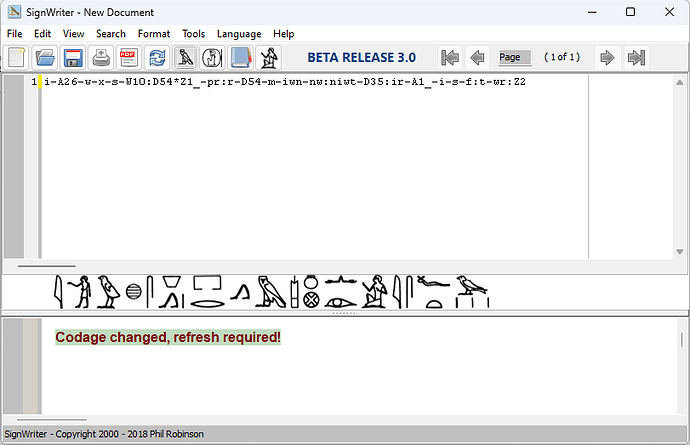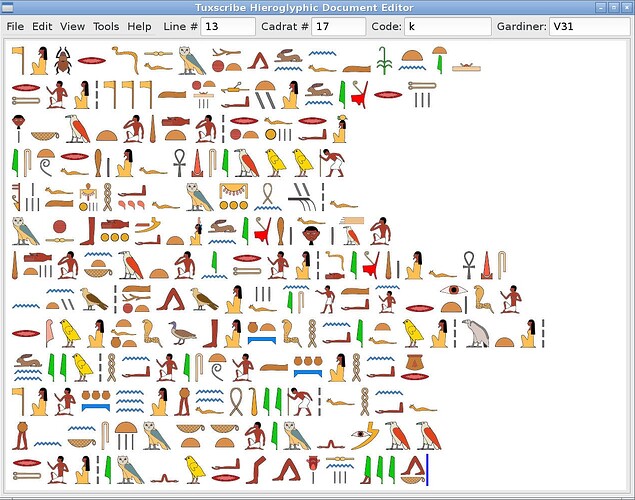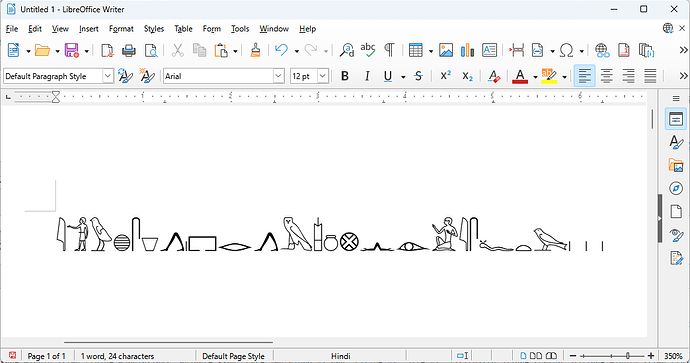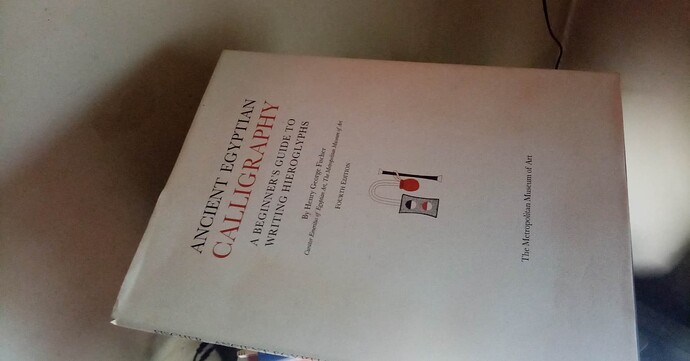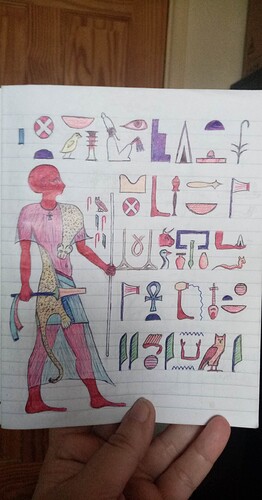I couldn’t find a thread specifically about this already, so apologies in advance if it is excessive!
I’ve found a few different methods for writing hieroglyphs digitally and figured I should share my findings, as well as ask if anyone has found any others.
Its taken quite a while to find all of these, so hopefully at least some of them are useful to others, and maybe there is much more to be found out there!
I have found some dedicated tools, as well as tools to combine into something useful…
All of these use something close to Manuel de Codage (MdC) and the Gardiner Sign List, for ease of use. Most of them will identify multiliterals for common signs such as niwt, iwn, mr, although not necessarily with consistency etc. A few have interfaces that let you explore the entire list of hieroglyphs they offer, although this is quite cumbersome in practise.
I’ve found 4 dedicated tools so far:
- JSesh - probably the most popular tool with the largest set of glyphs and the most powerful layout engine.
- SignWriter
- tuxscribe
- WikiHiero - used on Wikipedia and Wiktionary, and can be enhanced with browser plugins I have created.
It is also possible to use Google Docs, Microsoft Office, Open Office or similar to write with Unicode characters using a custom keyboard. For this I use Keyman, and there is a pretty good MdC like keyboard for it which is easily accessible on the Windows language bar.

You will also need a suitable font if you take this approach, and its worth noting that the Noto Sans and Segoe UI Historic fonts that Microsoft and Google recommend have had the phallic glyphs censored.
There is a version of the JSesh font, as well as the New Gardiner font hosted by UCL, which is a modern version of the ‘classical’ font used in print. These both contain the complete Unicode set of glyphs with no censorship.
There is a command line version of JSesh and a TeX package that can be used together with TeX to produce academic style typesetting, however I wouldn’t recommend it unless you are already familiar with TeX.
I also spent some time building my own prototype for a better editing tool so that I could fully understand the problem space.
So… what did I find?
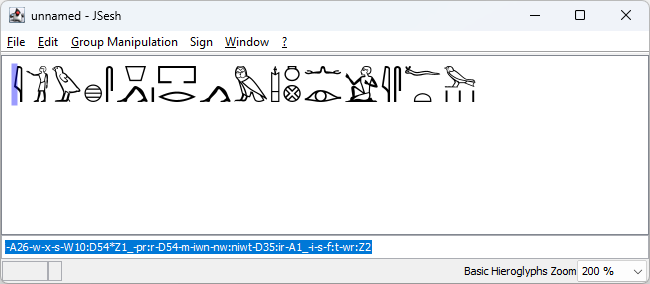
JSesh seems like a very robust and mature tool, my only real complaint is the style of the font and how it often fully shades-in the limbs of human figures.
There are many features I wish it had, such as automatic layout rather than needing to be explicit with the use of MdC, auto-correct and auto-completion etc. None of the tools I have tried have these features, however I have built working prototypes of these myself and its possible that in the future I will find time to contribute them to the project.
SignWriter is somewhat unfinished, but similar to JSesh in spirit.
The sign list and dictionary are somewhat richer than what JSesh offers, although they are still not very easy to browse or use in practise. There is also a king list included, although it seems to only include the nswt-bity names, without sources.
The biggest downfall of this one is that it has a considerable number of crash bugs and unexplained errors, with no mechanism to save your work after-the-fact incase of a serious error.
I haven’t actually tried tuxscribe since its targetting Linux as its only platform, and I haven’t invested the time in setting up a virtual environment for that. However, I’ve had a lot of utility from its data which I have now repurposed several times over for other projects. (screenshot from website)
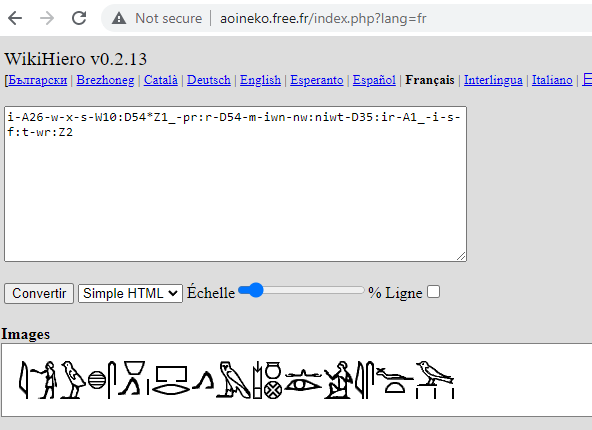
WikiHiero is my personal favorite for ease of use, it is web based so it works for pretty much everyone without installing things.

I’ve also been able to extend its functionality easily by myself with the use of browser plugins so that it supports my modified version of the Tuxscribe coloured font and a monochrome version of New Gardiner which I prefer to the default font stylistically.

The fine-control over the layout is not as powerful as JSesh however, and without modification the quality of the produced images is relatively poor.
The custom keyboard and standard word processor is probably the least practical approach. The biggest disadvantage of using these tools is that glyphs must be added as floating text then positioned by hand to achieve the correct layout. Consecutive glyphs will simply be placed next to each other as if they were Greek or Latin letters (shown above in LibreOffice with fallback font).
The custom keyboard on its own is however sometimes useful for inserting an individual glyph into English text. I do this more often now that it is easy to do.
For comparison of the output here is a scan of the lines I used from Budge’s ‘classical’ translation of the Papyrus of Ani:

MdC: i-A26-w-x-s-W10:D54*Z1_-pr:r-D54-m-iwn-nw:niwt-D35:ir-A1_-i-s-f:t-wr:Z2
I think it is worth noting that none of the tools I’ve found so far make it especially easy to produce an interlinear translation like this, although I have had some success with my own prototype tools and a little polish by hand after… although with sufficient time I will be able to generate tools that will do all of the pieces I did by hand automatically.

